FICCI Frames '14: Industry minds opine regulation as a cohesive process
While the media and entertainment industry awaited FICCI Frames 2014, the agenda of the 15th edition of the mega event read some very interesting topics. One of them was ‘De-bottlenecking the Regulatory Hurdles’. The session had an illustrious panel comprising parties involved in the issue. However, Bimal Julka, Secretary, Ministry of Information and Broadcasting, India as speculated, remained the centre of focus.
At the start of the discussion held, giving an overview and clearing the mist on the television regulatory issue, Julka stated that the government has recently notified TRP guidelines that cover a detailed procedure for registration of rating agencies, eligibility norms, terms and conditions of registration, cross holdings, methodology for audience measurement, complaint redressal mechanisms, sale and use of the audit, disclosure, reporting requirements and action against non-compliance.
Broadcasters on the panel like Uday Shankar, CEO, Star India, Rahul Johri, Sr. VP & GM South Asia, Discovery Networks and Sudhanshu Vats, Group CEO, Viacom18 Media Pvt. Ltd. raised the issues and problems that they as broadcaster face with regulatory norms. Shankar and Vats mentioned a few issues that need to be brought to attention of all the parties involved in the eco-system. Vats said, “A major concern with all remains the purpose of regulation, followed by lack of clarity in the norms and accountability in cases of licencing and lastly, inability of forecasting in terms of content and technology as the line between content and devices is now blurring”. Echoing similar concerns, Shankar said, “The lack of clarity in the intent of regulation, wavered objectives of the regulatory norms and the fact the industry currently stands a as partly regulated place are the major concerns for players like us”.
Ajit Pai, Commissioner, FCC, USA, was clearly of the view that regulators must not impose their preferences on others; it was the role of the marketplace to sort success from failure. Describing the phenomenal progress made by the entertainment and media industry in America, he said, “The progress happened not by government fiats, but because the private sector took risks in innovating, spending over one trillion dollars on upgrading and deploying core broadcast infrastructure. The US Government created the regulatory framework for the industry to take these risks. That is the story behind their success!” He also said that the regulation process needs to be a cohesive process, which calls for ‘future thinking’ and flexibility of players and regulators.
Speaking ahead, Julka said, “We are of the firm view that self-regulation by the industry is the best option as far as TV ratings are concerned,” Earlier in the day he announced that the Indian Broadcasting Foundation had set up a Broadcast Audience Research Council (BARC) High Table and was going ahead with appointing a rating agency. He urged BARC to speed up the process so that ratings may be generated without delay. He described the issue of TRPs as critical for the broadcasting sector and said it had been under discussion for the last few months.
Members in the discussion also highlighted issues like carriage fees, subscription rates, aggregator’s concerns, consumer addressability and digitisation that in large ways influence a player’s performance and the designing of rules and regulations that rule the television eco-system. “Subscription rates for larger television networks must have gone up, but the dark clouds are still present on smaller players / broadcasters”, said Shankar. He also said, that the economic instability of the country is also in way a reason for content to cripple down the quality scale, as it’s a condition holds back investments in quality content.
The discussion concluded with the panel members sighting a possible road-map for the issue. Julka was of the opinion that once digitisation is completed, a better work-system supported with the said rules and norms will bring the desired change in the industry. Vats and Johri voicing similar views said that, complete digitisation and addressability will the possible solutions for the issue.
As the mega M & E event unfolds, watch this space as team Adgully brings more news from the space.



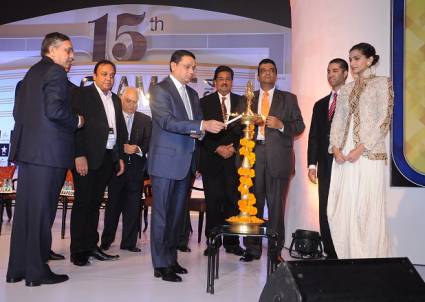

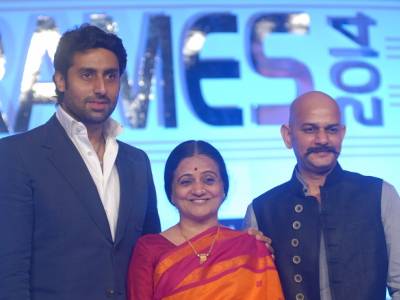
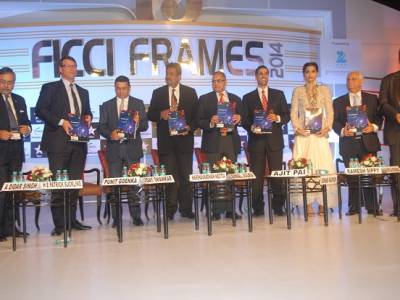
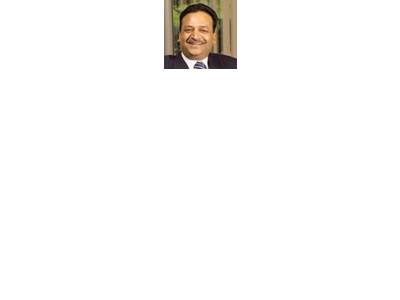
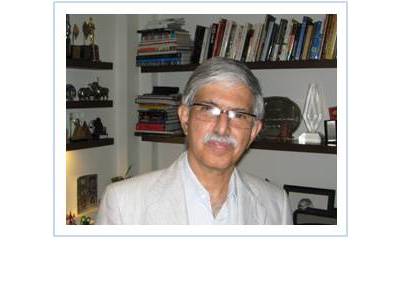
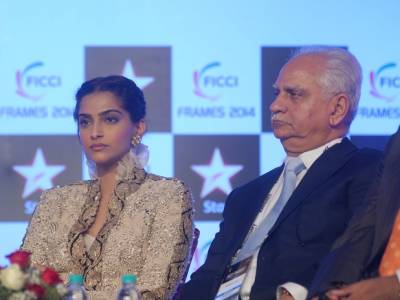


Share
Facebook
YouTube
Tweet
Twitter
LinkedIn